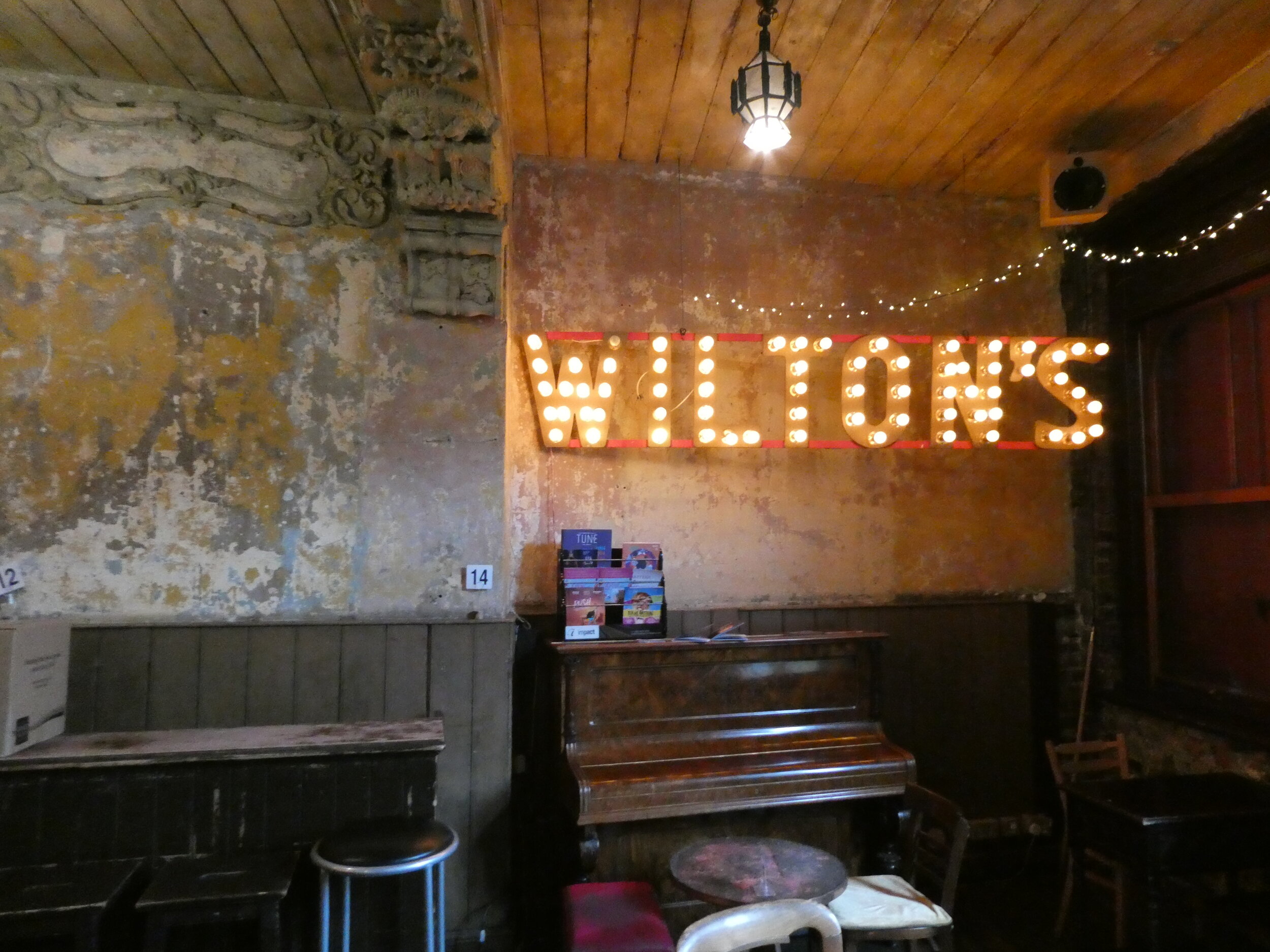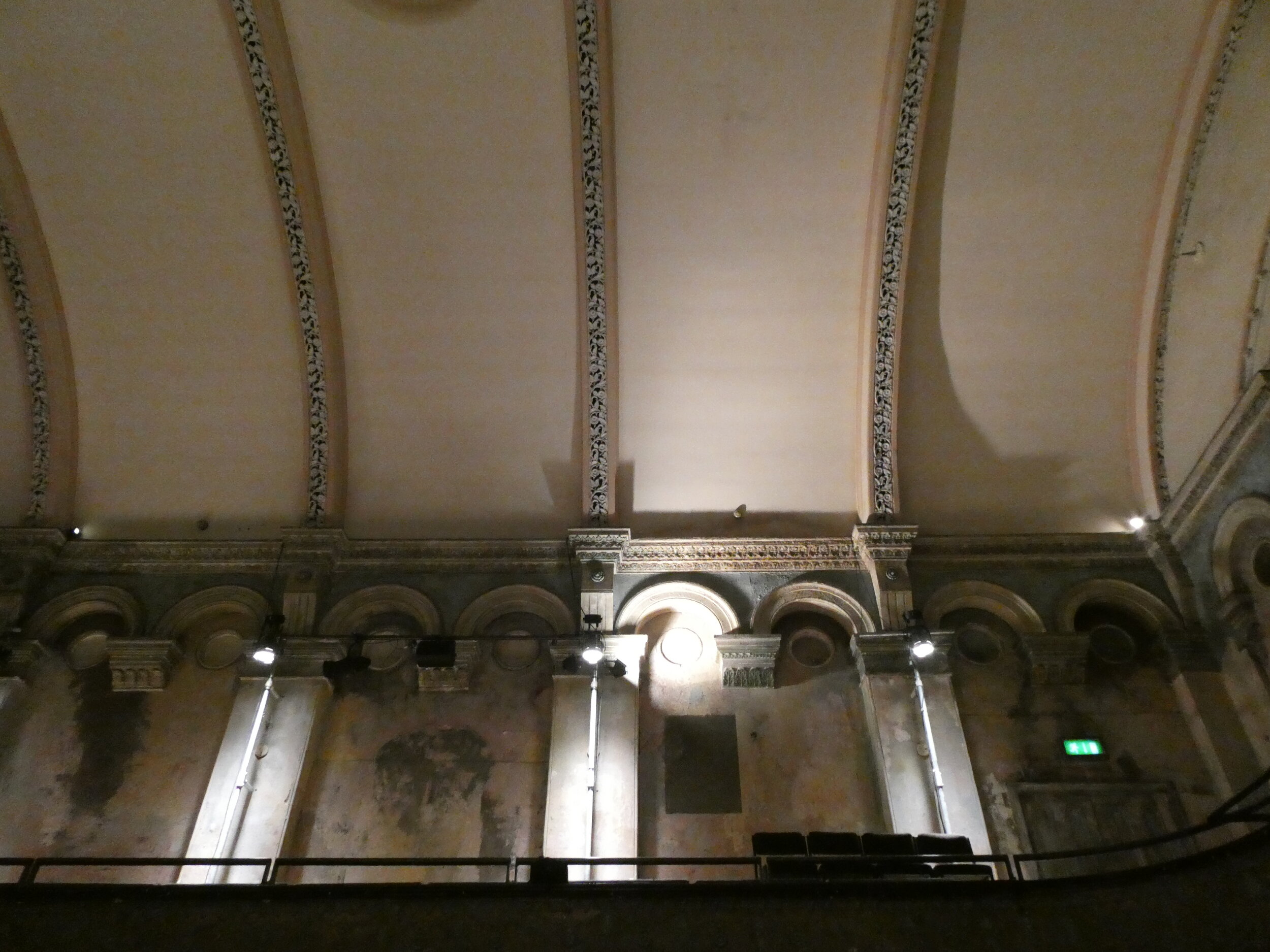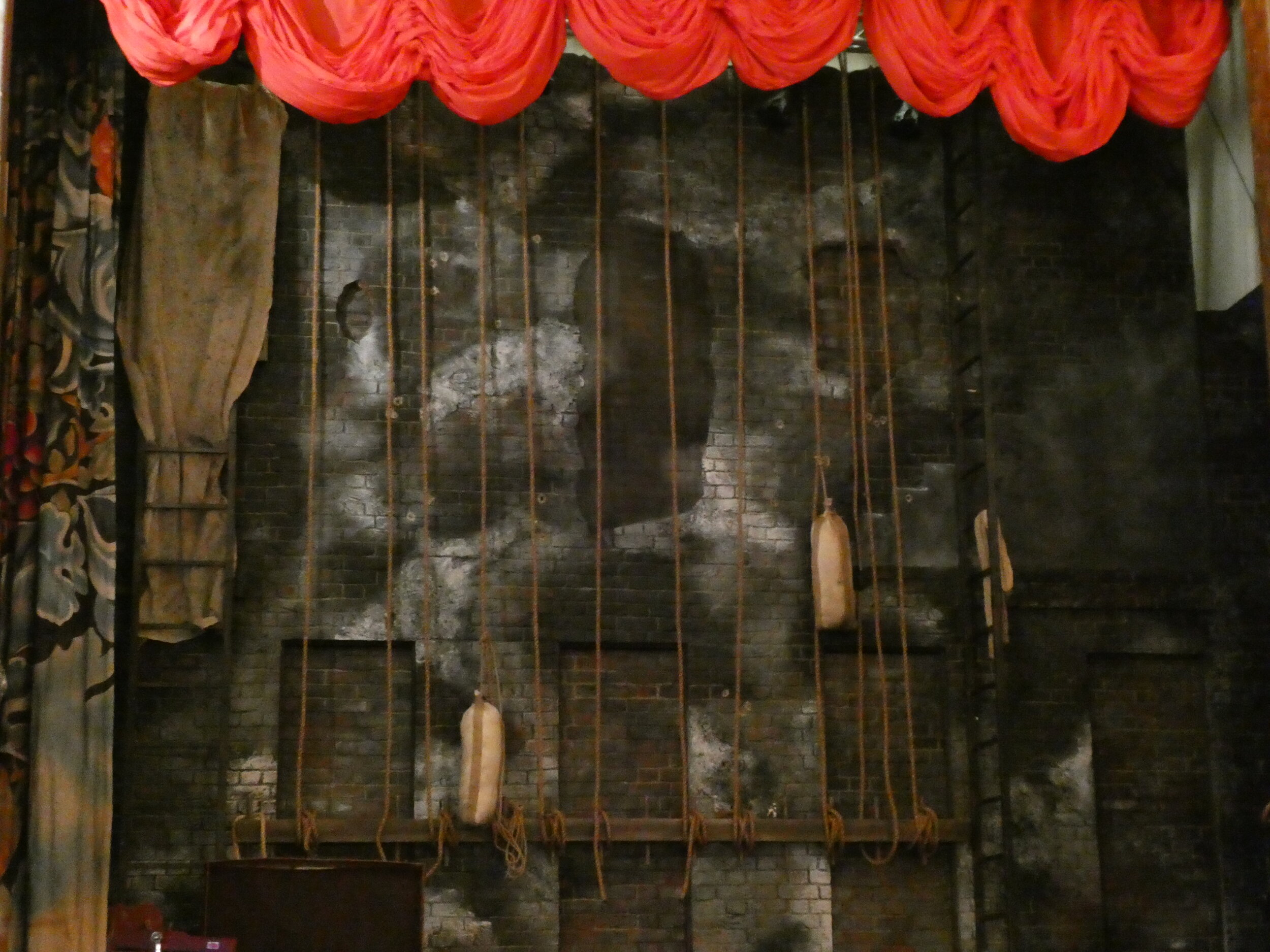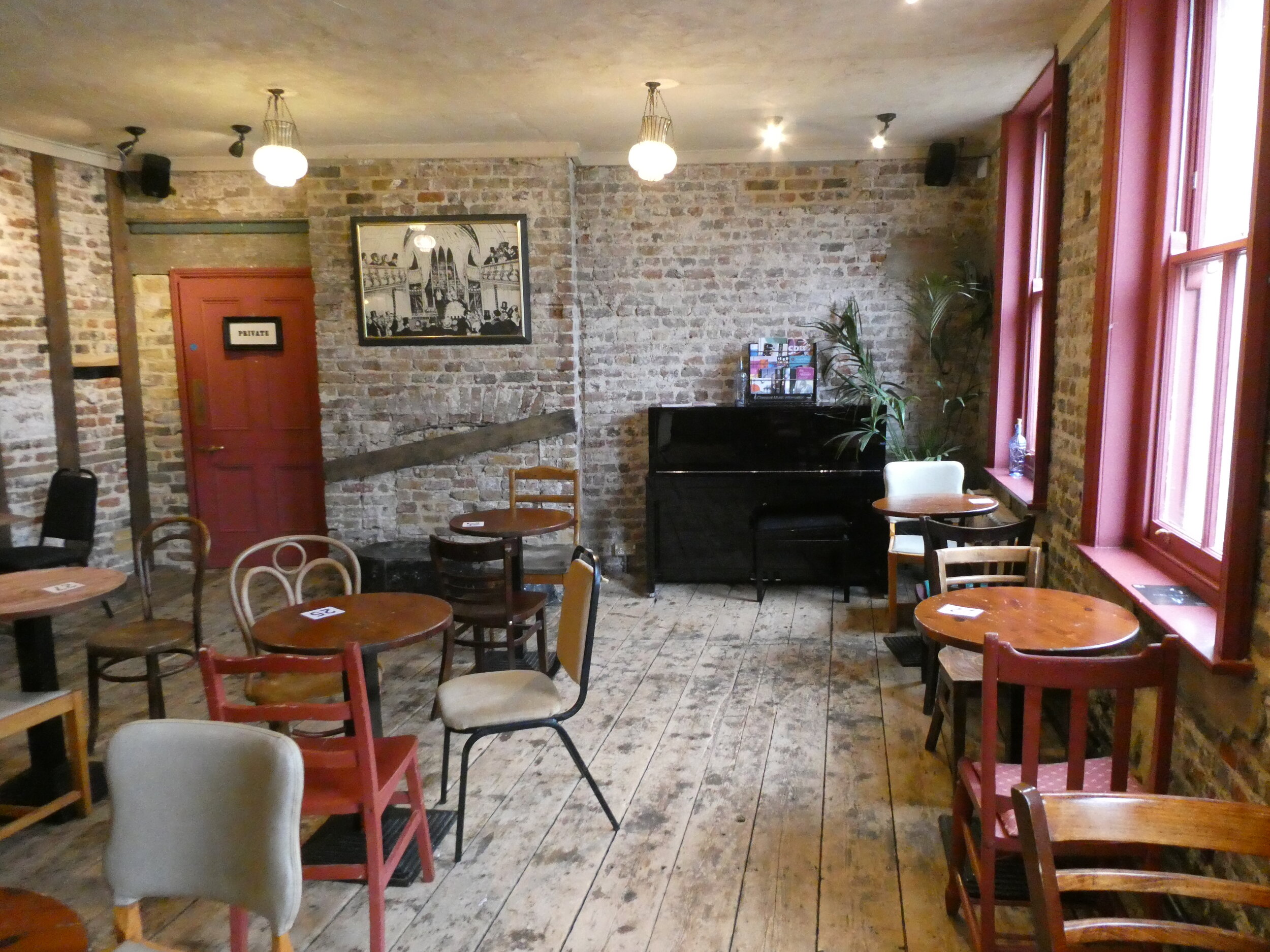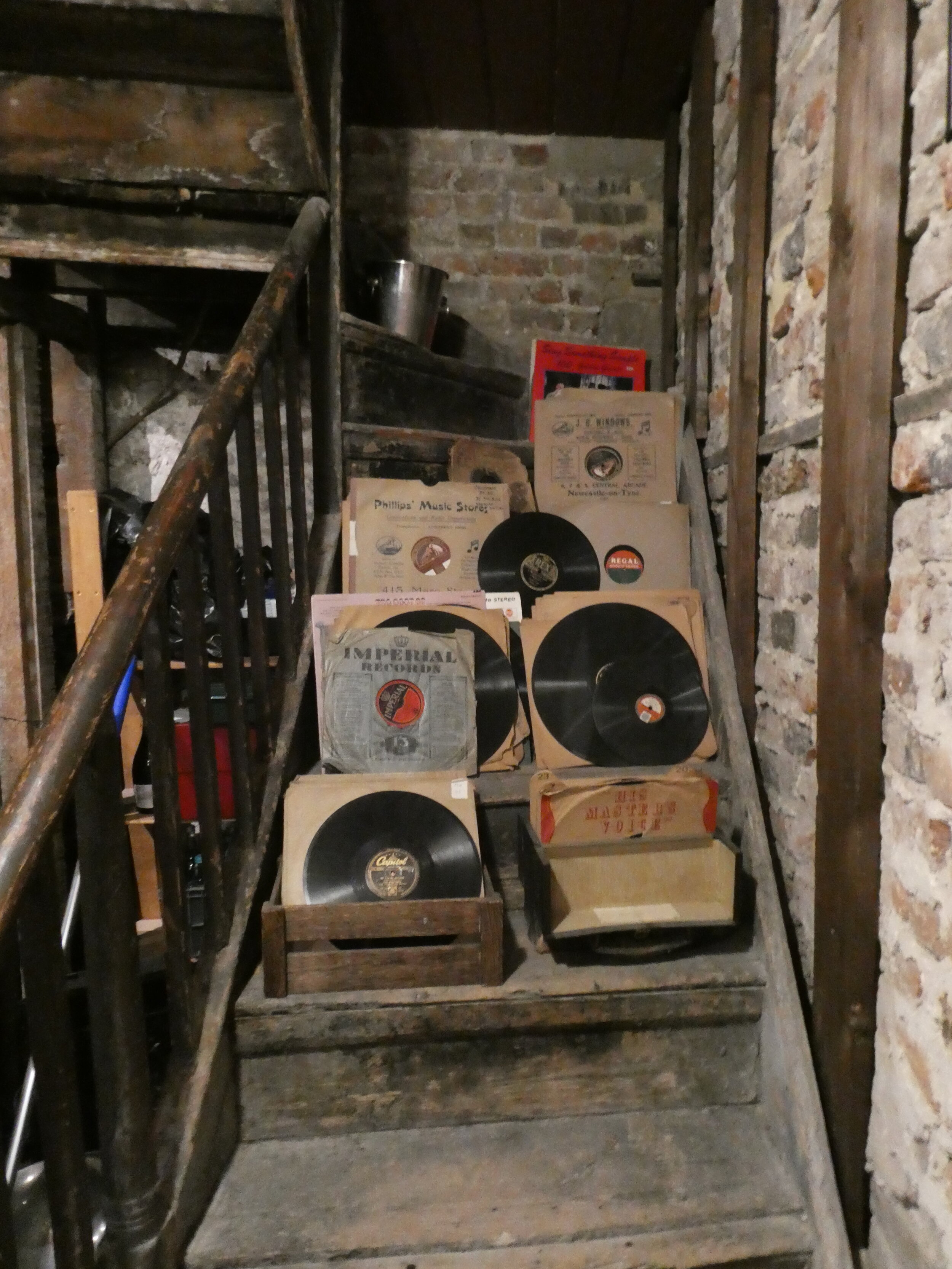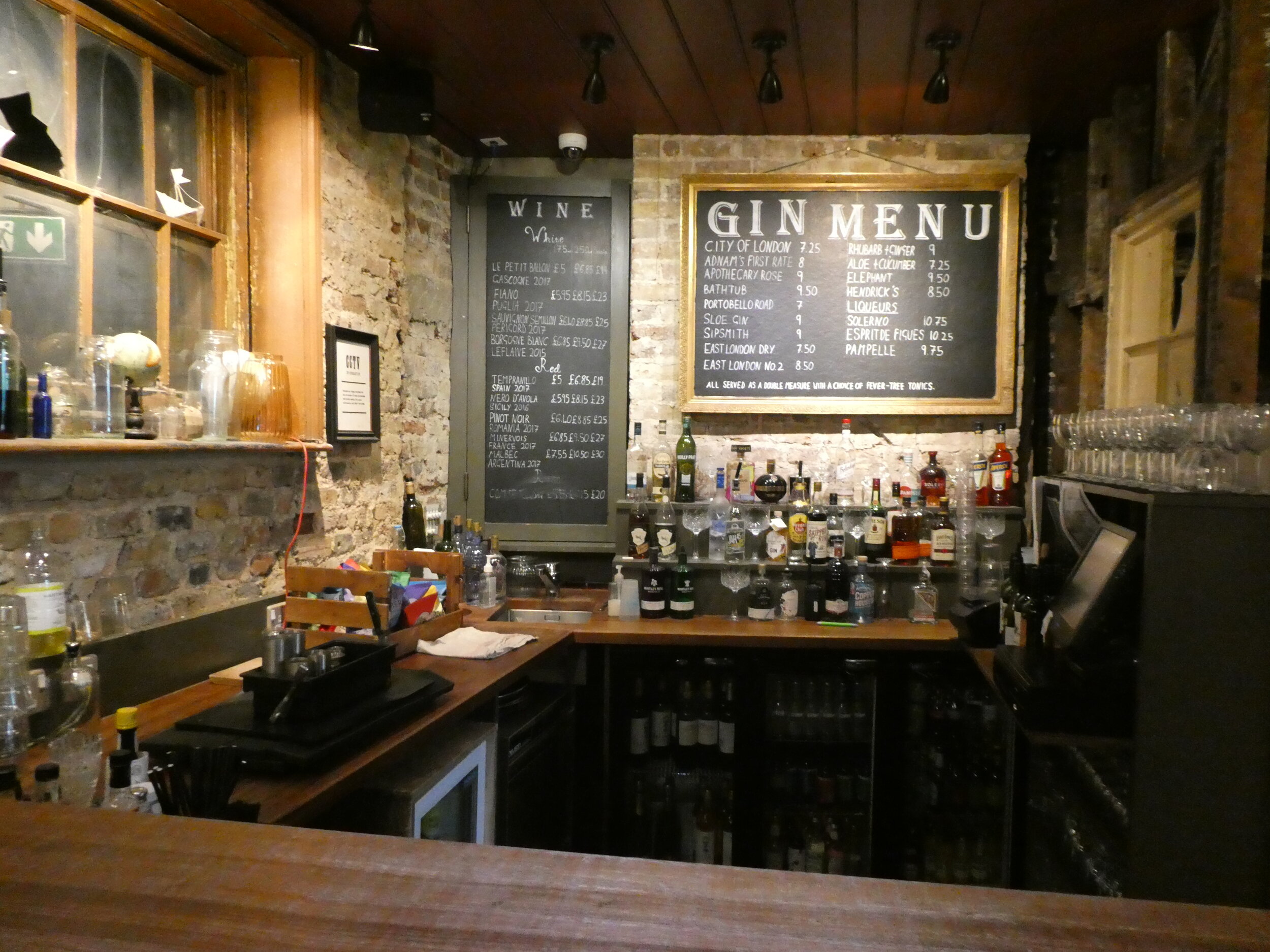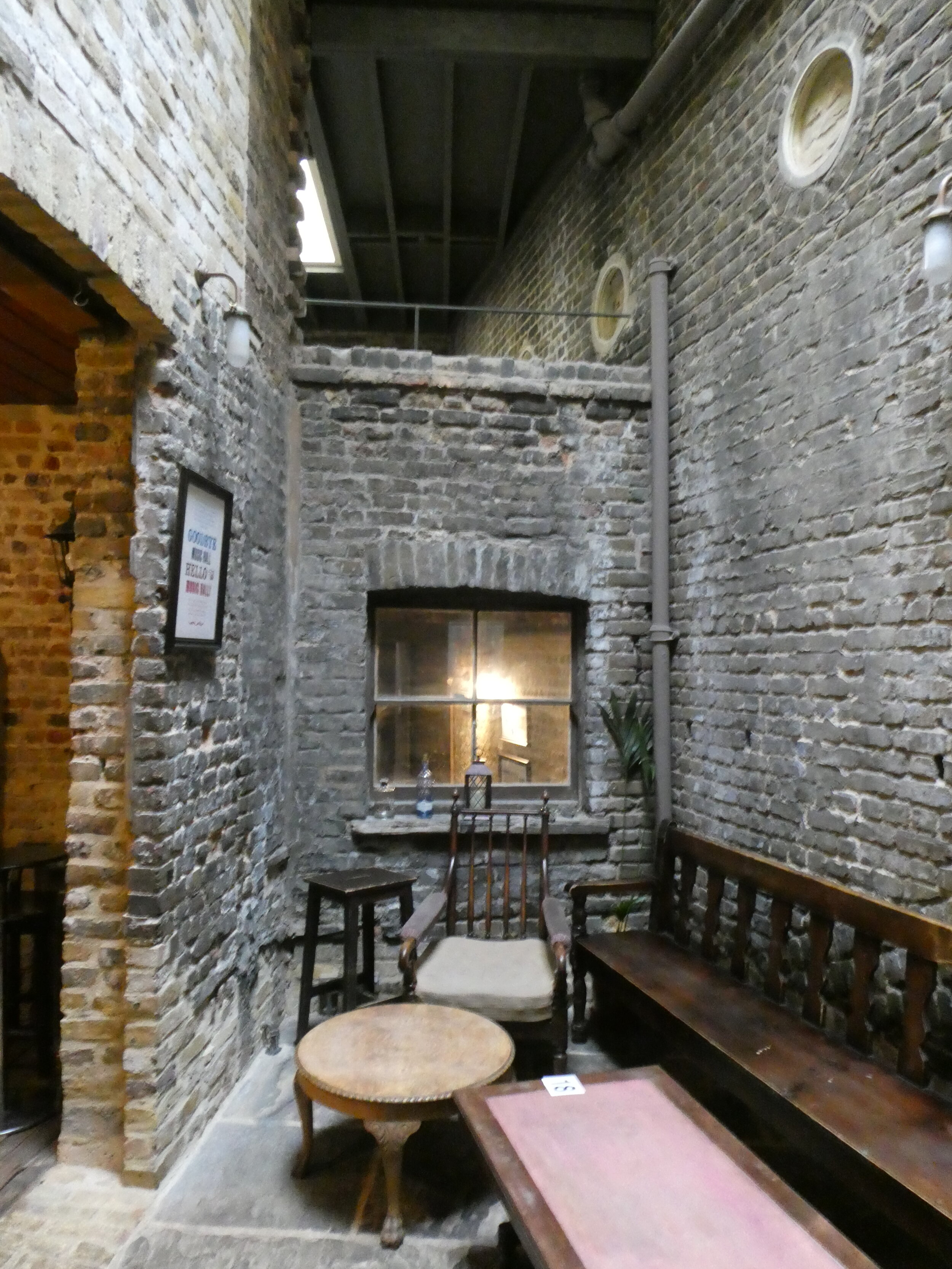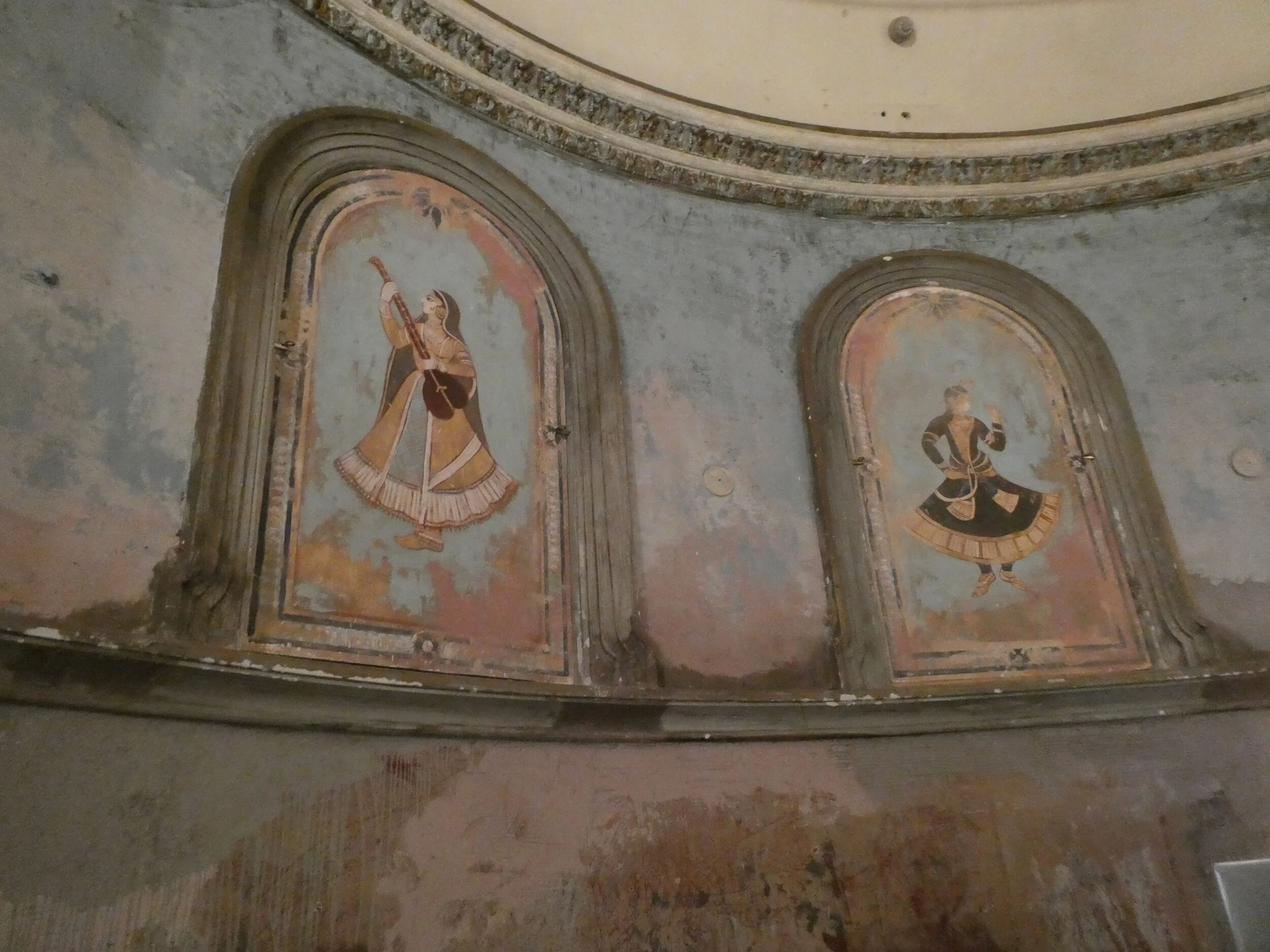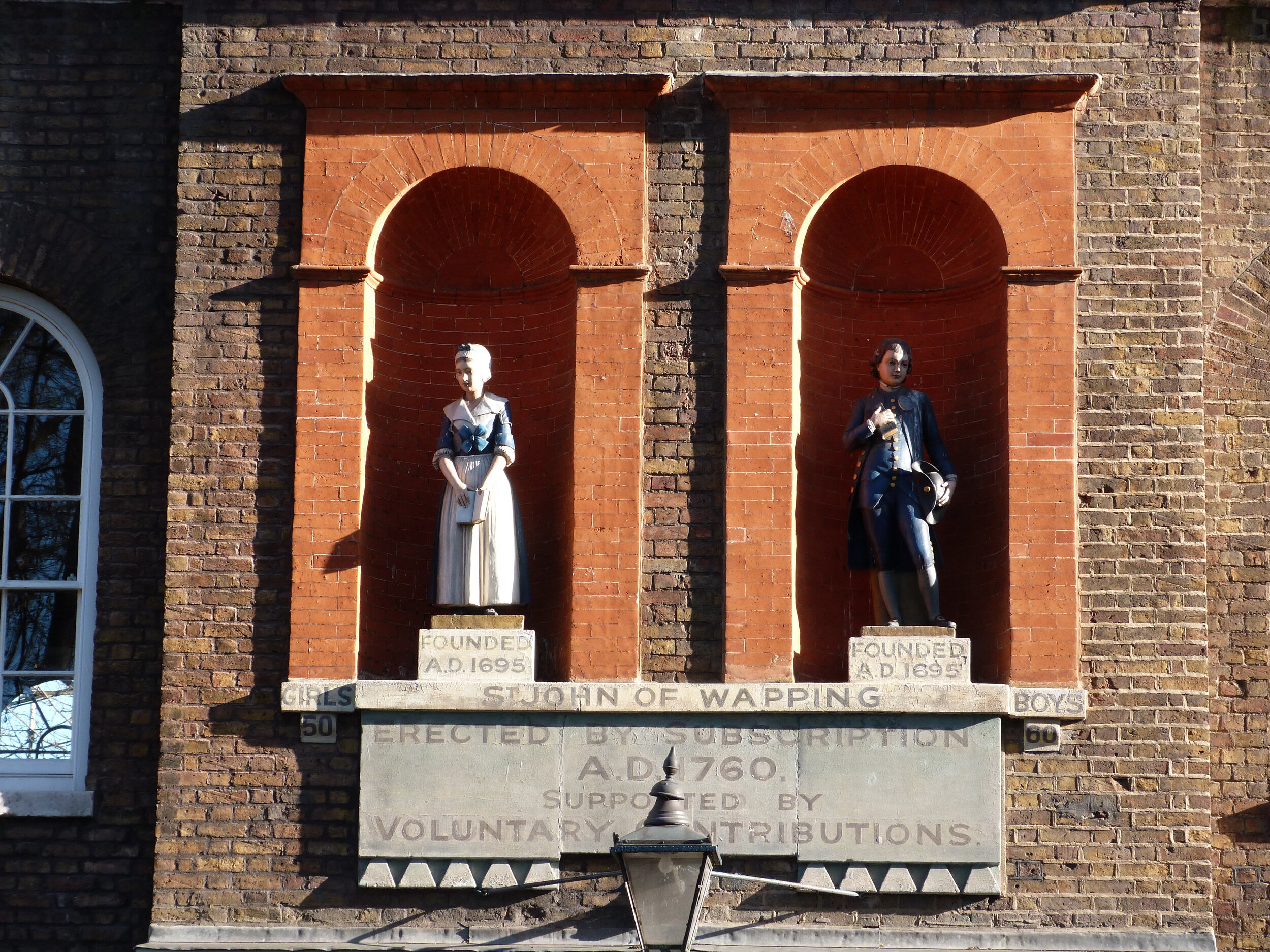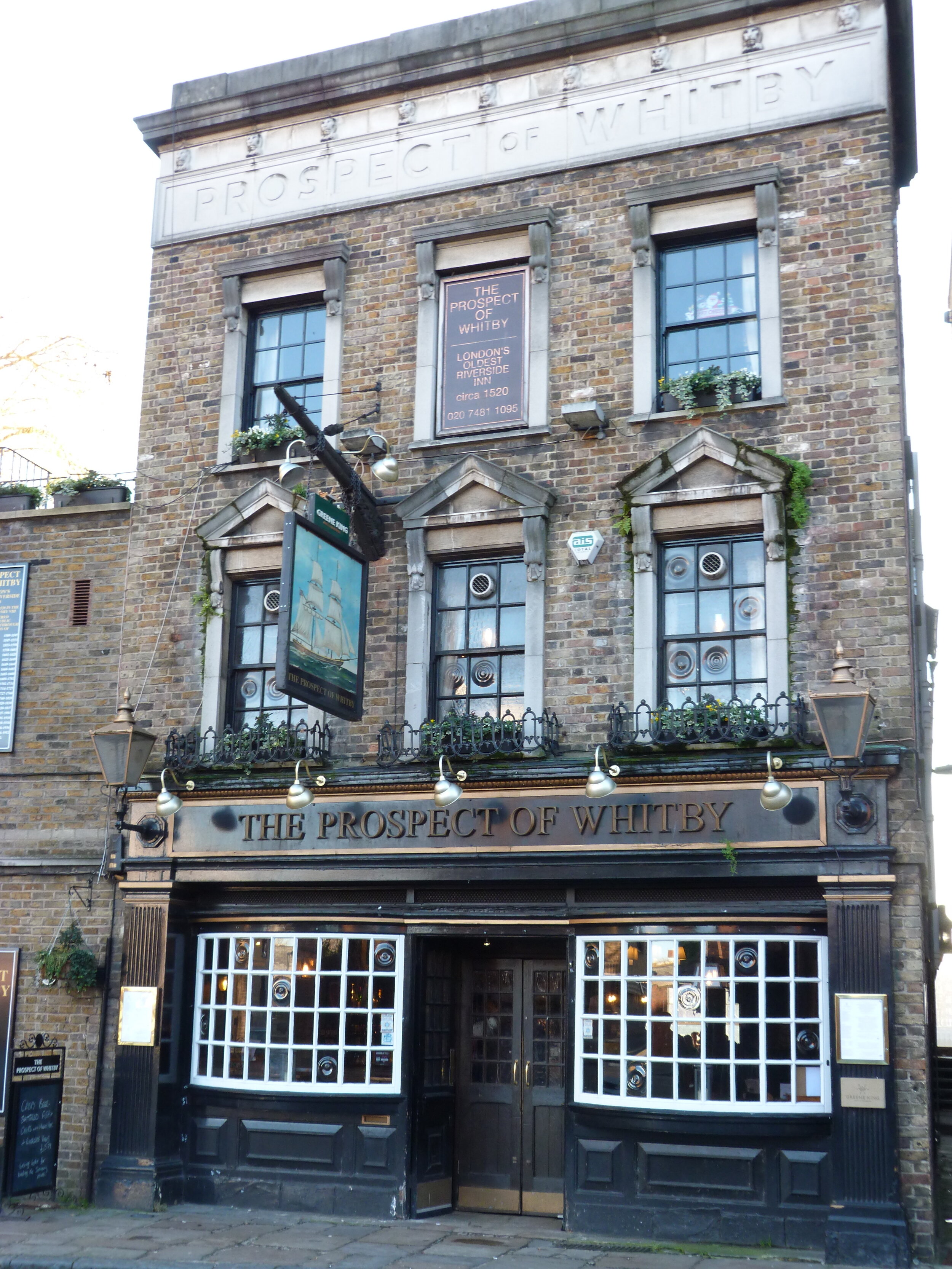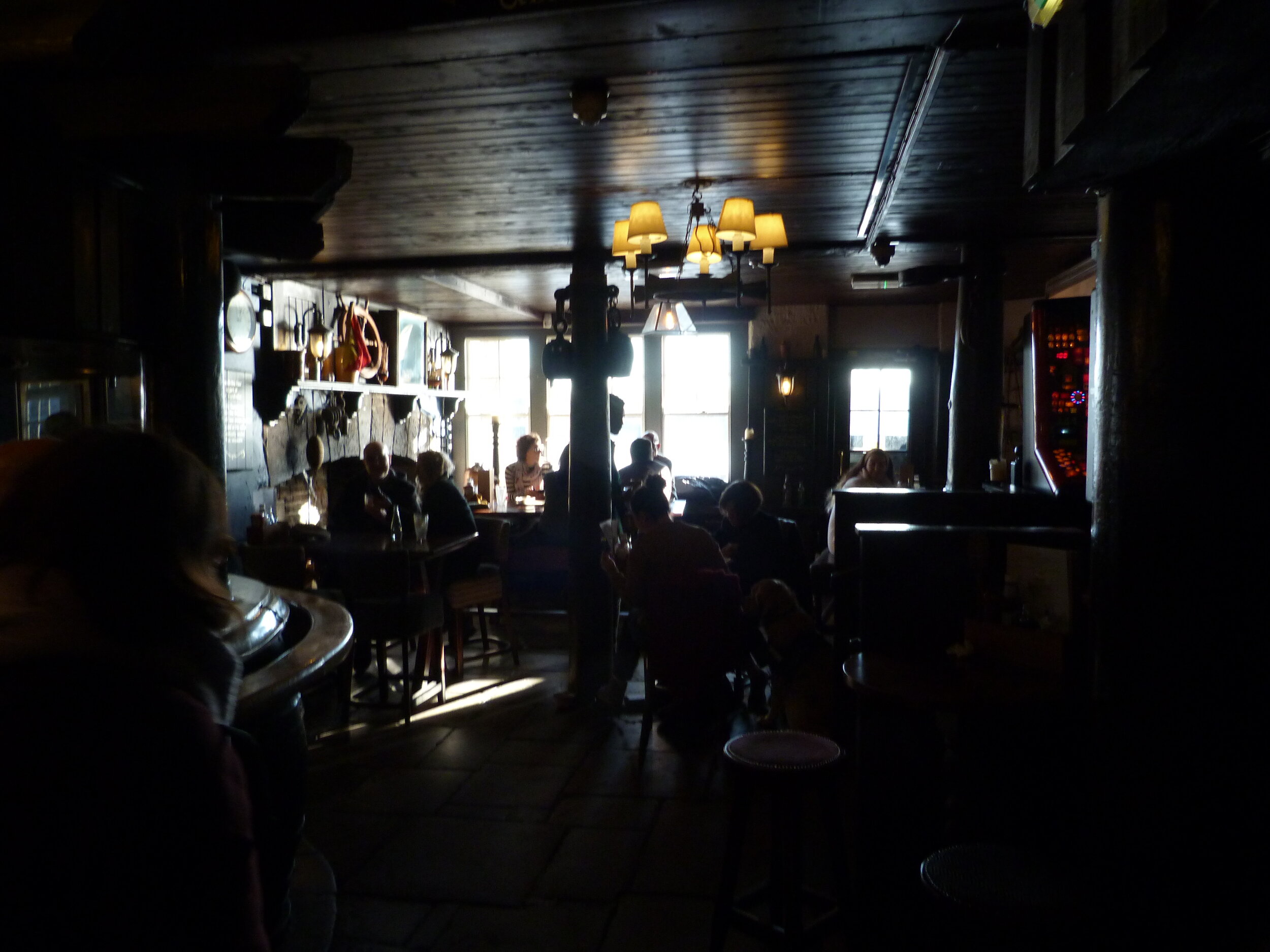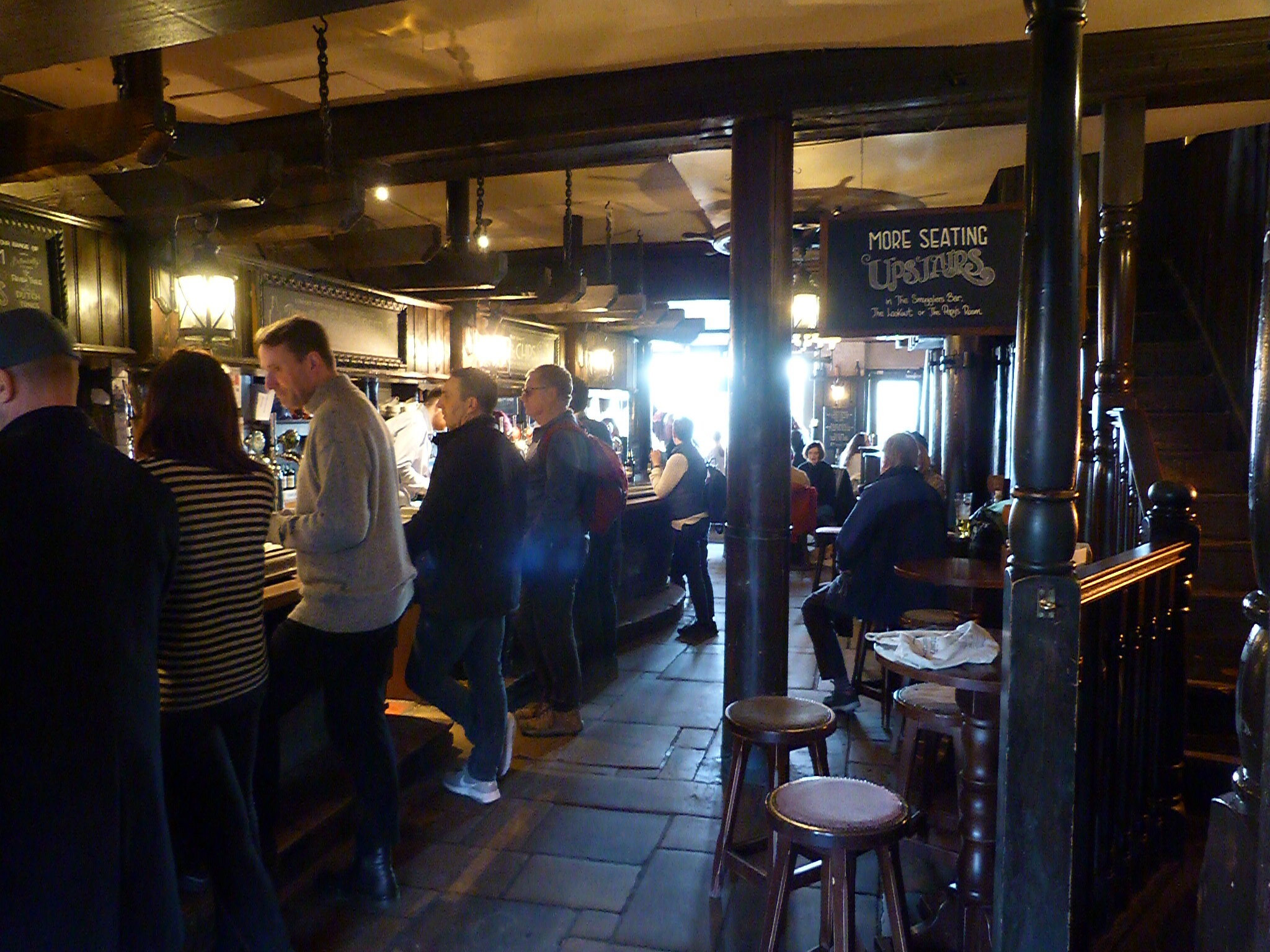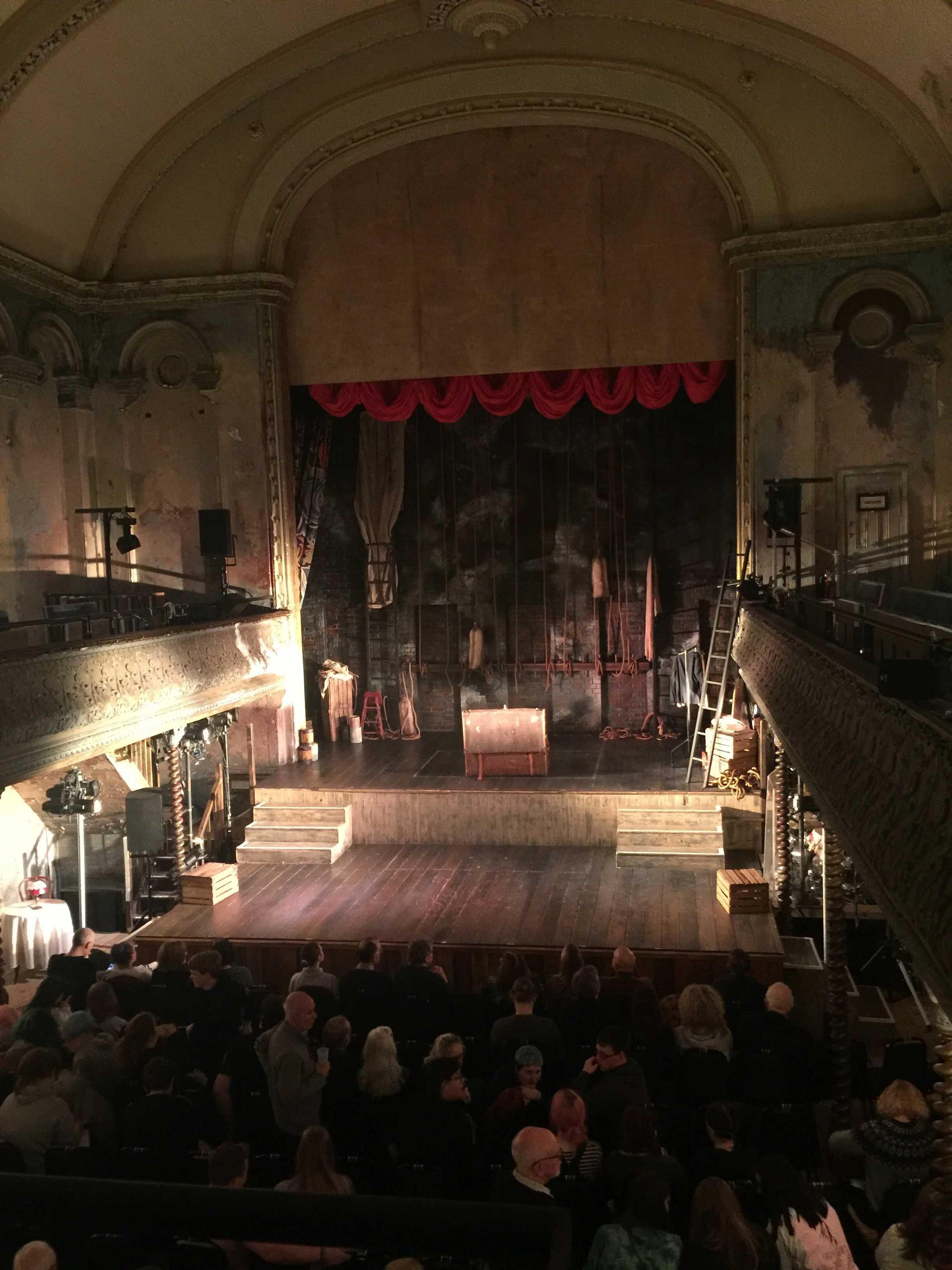I LOVE LONDON - and not only for its restaurants and bars, its museums and its parks. I love commonplace London, the streets and squares where people have lived, worked, had families and played for centuries, and where they still do. I like the way the lives of Londoners past and present are layered into the urban landscape.
On a walk from London Bridge to Greenwich, my lifelong chum Nigel and I stumbled across St John of Wapping School, founded in 1695. On the outside of the building - erected in 1760 - there are two alcoves containing statues of a girl and a boy in Georgian ‘bluecoat’ costume. Blue was worn by orphans in charity schools because blue dye was the cheapest.
I wondered whether real children had modelled for the sculptor, and if they had whether they had been told off for fidgeting. And I wonder what they would make of their old school having now been converted into expensive private housing full of televisions, computers and smartphones.
A little further on, we fell into The Prospect of Whitby - London’s oldest riverside pub, which is celebrating its 500th anniversary this year. Once known as The Devil’s Tavern, to reflect its customers, it was a haunt of smugglers and highwaymen. The 17th century hanging judge George Jefferys was a regular, and the pub is said to be haunted by the waterlogged ghosts of felons he executed and whose dead bodies were thrown into the Thames.
If ghosts exist, then those at Wilton’s Music Hall must be of a different temperament to the villains of The Devil’s Tavern, because Wilton’s is - and largely has been - a happy place, often full of bawdy songs and rude laughter.
Wilton’s is the oldest, working Grand Music Hall in the world, now restored and tucked away alongside residential tower blocks, a noisy school and the Docklands Light Railway, trundling driverless above Cable Street.
The music hall is in Graces Alley, named after St Mary of Graces, a Cistercian house, founded on the site by Edward III in 1350. Immediately before that, the district was one of London’s main plague pits.
In the 18th century, a row of terraced houses and a pub were built in Graces Alley. The houses are still in place, having been knocked through to create the entrance to the music hall, which was built on the gardens of those same houses. The first iteration in 1843 was replaced by John Wilton’s ‘Magnificent Music Hall’ in 1859. Magnificent it may have been, but it burned to the ground in the 1870s and was rebuilt once more.
Wilton’s (it has had other names) was always a working-class venue full of sailors and dockers. Some say there was a door from the entrance hall into what may well have been an adjoining brothel, and these days there’s nobody left to argue with them.
The elegantly distressed brickwork may be infused with the wicked laughter of bawds, cutthroats and strumpets, but it must also have a whisper of Methodism about it. For a full 70 years, Wilton’s was ‘The Mahogany Bar Mission’, supporting the destitute of London’s east end and serving as a soup kitchen during the landmark London docks strike of 1889. The dockers won.
Unbelievably, there were plans in the 1950s to demolish this absolute gem of a building, plans that spurred poet Sir John Betjeman and comic Spike Milligan, among others, into action. Milligan even wrote to HRH Prince Charles offering him a knighthood if he would come to Wilton’s rescue. They won too - the building was given Grade II* listing in the 1970s, finally opening in its current form in 2015.
Today, it’s a working venue with acts like Ida Barr (aka The People’s Pensioner and The Granarchist) in cabaret, comedians like Marcus Brigstocke and actors and singers performing in Shakespeare’s plays and Benjamin Britten and Gilbert and Sullivan operas. You can even get married there.
It’s worth booking a tour, because it gets you into corners of the old buildings you would not otherwise see - and if you have the interest and energy, it’s a half hour stroll from London Bridge Station, over Tower Bridge into the glitzy marina at St Katharine’s Dock and then along busy East Smithfield, past the Royal Pharmaceutical Society and up a narrow lane to Graces Alley.
The Prospect of Whitby, incidentally, is around 15 minutes from Wilton’s on foot.
See the slideshow below for a tour of Wilton’s and a glimpse inside The Prospect of Whitby.
Wilton’s Music Hall website.
The Prospect of Whitby website.
